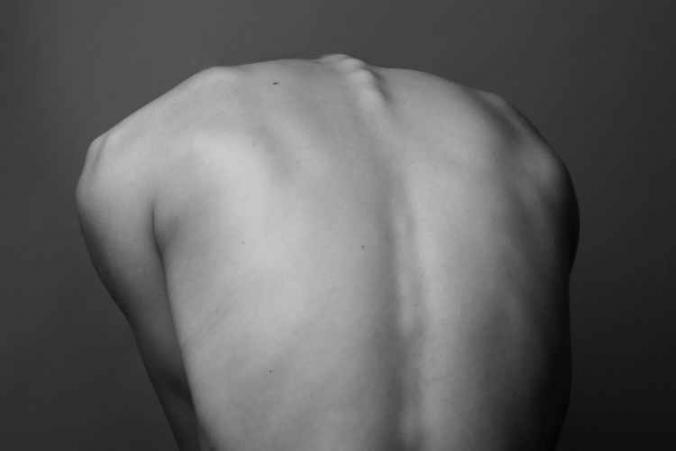I’ve been thinking a lot about L&I claim for spine injury and radiculopathy lately. That’s because I have several clients that have nerve and radiculopathy issues in their L&I claim in Washington State.
Radiculopathy in your L&I claim for spine injury
Radiculopathy is a condition that comes up fairly frequently in a workers’ compensation claim. Understandably, people with a work injury claim tend to be nervous when they learn they may have radiculopathy. It’s a challenging condition. On top, it can be difficult to decide which treatment to pursue. Therefore, I think it’s important for people to understand radiculopathy. What it is, how it occurs, and what treatments are available under the L&I guidelines. The general information in this article isn’t a replacement for medical advice. Rather, it’s a way to help work injury claimants that don’t have medical training to learn about the condition.
Why is the spine important?
The first step to understanding radiculopathy is to look at the structure of the spine. Medical doctors sometimes refer to the spine as the backbone. It’s the central structural support for the entire body. The spine connects different parts of the musculoskeletal system, which enables body postures. For example, postures like sitting, standing, walking, bending, twisting, crouching, squatting, and lifting are all possible because of the spine. Therefore, the spine has a critical role in many types of employment. Consequently, it’s also susceptible to workplace injury or disease at work.
The spine is made up of 33 bones or vertebrae in a stack. Together, they form 3 curves or a S-shape. These vertebrae connect to each other by bony structures and intervertebral disks. The disks act like jelly-filled shock absorbers. Muscles, ligaments, and tendons also help hold the spine’s shape. Furthermore, in addition to providing structural support, the spine also protects the nerves of the spinal column. Hence, any damage to the spine means the nerves of the spinal column might be susceptible to damages as well.
What is radiculopathy?
In general, radiculopathy refers to a pinched or impinged nerve in the spinal cord. A pinched or impinged nerve is when there’s excessive pressure on the nerve. The cause for the pressure can be bones, cartilage, muscles, or tendons near the nerve. On top, this condition can produce a variety of symptoms. These symptoms may include weakness, radiating pain, muscle spasm, numbness, and tingling.
L&I claim for spine injury – How does radiculopathy happen?
Structures of the spine (or surrounding tissues) can experience an injury, displacement, or even abnormal growths. For the latter, reasons can include bone spurts, tumors, or calcium deposits. Any of these occurrences can cause excessive pressure on nerves of the spinal column resulting in radiculopathy. Personally, from my experience and observations, radiculopathy cases usually involve: (1) A significant traumatic injury to the spine resulting in an acute fracture or disc herniation; or (2) A disease causing the areas where the nerves exit the spine to narrow.
Radiculopathy from work injury and causal relationship
An L&I claim for spine injury can be complex. There are several challenges with radiculopathy diagnosis in L&I claims. For one, some can argue that the cause for radiculopathy is the natural aging process rather than work-related conditions. Therefore, I commonly see the Department of Labor and Industries (L&I) deny coverage. For denials, they often base decisions on a medical opinion that the condition relates to the person’s age and not to a work injury or work illness.
Remember, we rely on medical evidence and medical opinions to show causation. Hence, if a medical provider feels that radiculopathy relates to your workers’ compensation claim, then it’s important for them to have a clear, logical, and medically-appropriate basis for the opinion. If you were diagnosed with radiculopathy or if it’s a suspected diagnosis, don’t be afraid to talk to your doctor about the condition. Moreover, ask them to explain why they think you have the condition. Also, ask whether they think it’s connected to your workplace injury or work-disease. Finally, take your time. Make sure you’re understanding the various treatment options so you can choose the one that suits you best.

Over 10 years ago my arm froze while working as a medical receptionist while opening and closing a window they had in front. I claim labor and industries. Once I had an MRI it was stated old persons disease. I’ve been in this field for over 20 years. Move out of state went into the medical field again. And my arm got worse tried shots, physical therapy and last was an epidural to NO avail didn’t work. Was not told by any body maybe this could be under L and I. Still thinking is an old person’s disease. Next step was surgery while the virus hit, dealing with the pain and everything else I had a heart attack and diagnosed with diabetes. I am not working at the moment and can not go back to the medical field because of my cervical radiculopathy. I have no insurance and can not pay for the surgery out of my pocket but can’t work until it’s fix.
Thank you for your time.
Hi Kelly. I’m sorry to hear about your condition and situation. If you want to see if we can help, please call our office.